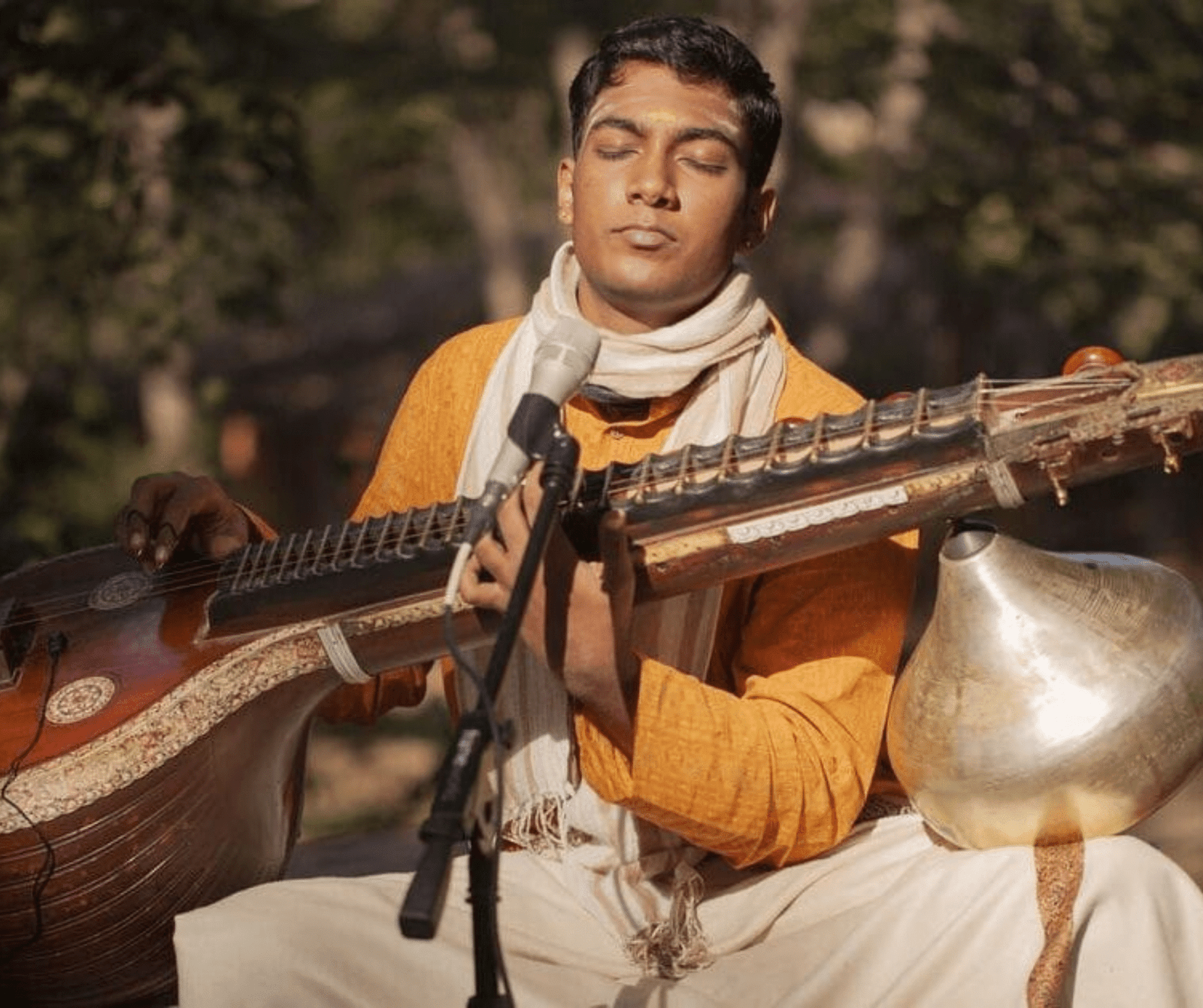INDIAN MUSIC
7 Big Myths About Indian Classical Music: Time to Rethink!
Preethi Ramesh | May 14, 2025 | • 5 min read

Unraveling the Enigma: Common Myths About Indian Classical Music
just hearing those words can conjure images of ancient traditions, intricate melodies, and perhaps, a touch of mystery. It’s a vast ocean of sound, emotion, and profound artistry, revered globally for its depth and complexity.
But for many, especially those outside its immediate circle, ICM often comes shrouded in misconceptions. These “myths” can sometimes create a barrier, making this rich art form seem inaccessible or intimidating. Well, it’s time to bust some myths, sprinkle some fun, and open your ears to the true beauty of Indian Classical Music!
At Rethink Raaga Music School, we believe that understanding is the first step to appreciation. So, let’s dive in and debunk 7 common myths about Indian Classical Music!
Learn More!
Myth 1: It’s Only for the ‘Elite’ or ‘Experts’
The Myth: You need a special “ear” or a background in music to truly understand and appreciate Indian Classical Music. It’s only for scholars and those deeply immersed in the arts.
The Reality Check: Absolutely not! While ICM boasts incredible depth, its core appeal is universal. Think of it like any rich cuisine – you don’t need to be a gourmet chef to enjoy a delicious Biryani or a soulful Sambar. You just need to be open to the experience! Historically, it might have been patronised by royalty, but today, it’s vibrantly alive in concert halls, community gatherings, and increasingly, online platforms accessible to everyone. Many film songs and popular tunes even have deep roots in ragas, proving its universal appeal!
Myth 2: It’s All About Spiritual or Religious Themes
The Myth: Indian Classical Music is solely dedicated to devotional songs, hymns, and spiritual contemplation. It’s ‘temple music.’
The Reality Check: While ICM has deep spiritual roots and many compositions are indeed devotional, that’s just one facet! Indian classical compositions explore a vast spectrum of human emotions and themes. You’ll find pieces about love, longing, nature’s beauty, heroic tales, philosophical insights, and even playful narratives. From the romantic Thumris of Hindustani to the narrative-rich Kritis of Carnatic, ICM is a mirror reflecting life in all its shades, not just the sacred.
Myth 3: It’s Stuffy, Boring, and Too Slow
The Myth: Indian Classical Music is slow, drawn-out, and can be quite monotonous for those not used to it.
The Reality Check: Ha! Prepare to be surprised! While ICM often begins with a meditative, slow alaap (exploration of the raga’s essence), it quickly builds into exhilarating, fast-paced sections (taans, swaras, layakari). Imagine a thrilling rollercoaster ride – it starts with a slow climb, building anticipation, then plunges into twists, turns, and breathtaking speeds! Indian Classical Music offers a dynamic range, from serene tranquility to electrifying virtuosity, showcasing intricate rhythmic patterns (talas) and lightning-fast melodic improvisations that will leave you spellbound.
Myth 4: It’s All Rote Learning, No Room for Creativity
The Myth: Learning Indian Classical Music means endless repetition and strict adherence to established compositions, leaving no space for personal expression.
The Reality Check: This couldn’t be further from the truth! While foundational learning involves mastering traditional compositions (which build a strong base), improvisation (Manodharma) is the beating heart of Indian Classical Music. It’s like learning the grammar of a language perfectly, so you can then write your own beautiful poetry or engaging stories. Artists spontaneously create within the framework of a raga and tala, showcasing their unique creativity, intellect, and emotion. Every performance is a unique creation, never exactly the same!
Myth 5: You Need to Understand Sanskrit/Local Languages to Appreciate It
The Myth: Unless you know the language of the lyrics (Sanskrit, Telugu, Tamil, Kannada, Hindi, etc.), you can’t truly connect with or appreciate Indian Classical Music.
The Reality Check: While understanding the lyrical meaning certainly adds another layer of appreciation, the music itself transcends language. The emotion, the melodic beauty, the rhythmic pulse – these speak directly to your soul, regardless of the words. Think about enjoying a magnificent instrumental piece from any culture. You don’t need lyrics to feel its power, right? Many ICM concerts feature extensive instrumental sections, like the captivating alapana or tanam, where the raga’s essence is explored purely through sound.
Myth 6: It’s Too Difficult to Learn, Especially Later in Life
The Myth: You have to start learning ICM as a child, or you’ll never truly grasp it. It’s too complex for adults or beginners.
The Reality Check: False! While starting young has its advantages, musical learning knows no age limit. Dedication, passion, and consistent practice are far more important than your birth year. At Rethink Raaga, we’ve seen students of all ages, from enthusiastic kids to passionate adults, embark on and excel in their ICM journeys. With dedicated teachers and the convenience of online music classes, learning Indian Classical Music is more accessible now than ever before. It’s never too late to begin your musical adventure!
Myth 7: It’s Losing Its Relevance to Modern Audiences/Youth
The Myth: Indian Classical Music is an ancient art form that is slowly fading, struggling to appeal to younger generations and modern tastes.
The Reality Check: This is perhaps the biggest myth of all! Indian Classical Music is not just surviving; it’s thriving and evolving! Look around:
- Fusion Music: It’s a cornerstone of incredible fusion projects with jazz, rock, electronic, and global genres.
- Young Maestros: A new generation of incredibly talented young artists are pushing boundaries while respecting tradition.
- Global Reach: ICM artists regularly perform to sold-out audiences worldwide, and its influence can be heard in various forms of global music.
- Online Boom: The digital age has brought ICM to millions, with online concerts, tutorials, and discussions making it more visible and engaging than ever before.
Indian Classical Music is a living, breathing tradition that continues to inspire, innovate, and captivate audiences across generations and geographies.
Ready to Experience the Reality?
Don’t let myths hold you back from exploring one of the world’s most beautiful and profound musical traditions. Indian Classical Music is vibrant, deeply rewarding, and incredibly accessible.
At Rethink Raaga Music School, we’re passionate about making this journey enjoyable and meaningful for everyone. Our online music classes bring expert guidance directly to your home, helping you unlock the magic of Carnatic and Hindustani music.
Why just listen when you can learn, understand, and create?
Explore our courses today and begin your authentic journey into Indian Classical Music!

